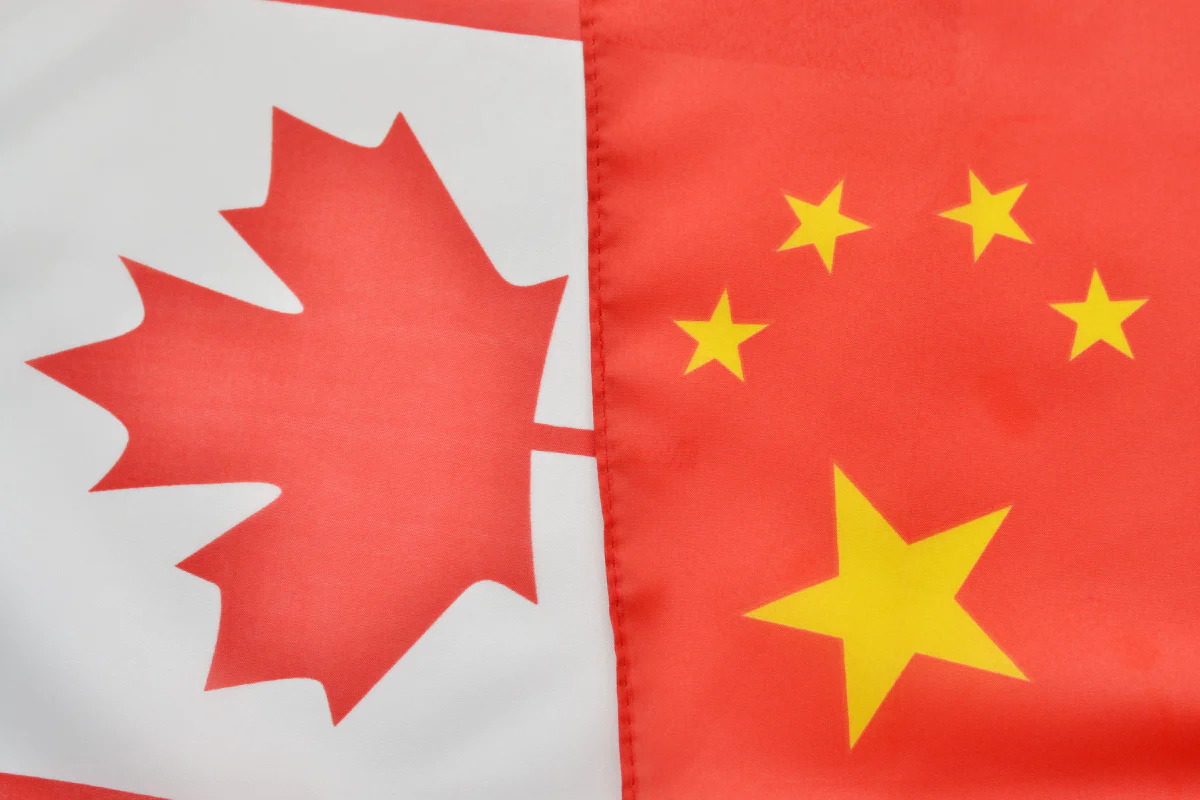No relief in sight: Canada-China tariffs, retaliation and the WTO Dispute Panel

In October 2024, the Government of Canada announced a sweeping 100% tariff on electric vehicles (EVs) imported from China alongside a 25% tariff on Chinese steel and aluminum. These measures were introduced to address concerns about Chinese industrial overcapacity, state subsidies and the impact of low-cost imports on Canadian manufacturers. The tariffs are intended to protect Canada’s domestic EV, steel and aluminum industries.
In response, the Chinese government implemented retaliatory tariffs on key Canadian exports, effective July 2025. These countermeasures have impacted Canadian agricultural products, including a 76% levy on canola seed and a 100% levy on canola oil, meal and peas coming into China. China has characterized Canada’s tariffs as “discriminatory” and has signaled a willingness to escalate trade restrictions if the dispute continues.
No progress on lifting tariffs, despite diplomatic efforts
In late October 2025, senior Canadian and Chinese trade officials met for the first high-level talks since the tariffs were imposed. The meeting was intended to open dialogue on resolving the escalating trade dispute and to explore possible off-ramps for both countries. Key takeaways from the meeting include:
- Both sides reiterated their positions. Canada defended its tariffs as necessary to counteract unfair trade practices, while China maintained that the measures violated World Trade Organization (WTO) rules and harm global supply chains.
- Canadian officials pressed for the removal of retaliatory tariffs on Canadian exports, emphasizing the impact on Canadian farmers and resource producers.
- Chinese officials demanded the immediate repeal of Canada’s tariffs on EVs, steel and aluminum as a precondition for further negotiations.
Despite several hours of discussion between Canadian and Chinese leaders, no progress was made on lifting the tariffs. Both delegations left the meeting with their respective measures in place, and no follow-up talks have been publicly scheduled.
WTO developments
In June 2025, China submitted a formal request to the WTO for the establishment of a dispute panel to challenge Canada’s tariffs on Chinese EVs, steel and aluminum. China argued that Canada’s measures are inconsistent with WTO rules, particularly those relating to non-discrimination and the prohibition of unjustified trade barriers. Canada maintained that its actions are justified under the WTO provisions that allow for safeguard measures in response to injury or threat to domestic industries.
The WTO Dispute Settlement Board agreed to establish a panel to examine the dispute, marking a significant escalation in the trade conflict. The panel’s findings, which have yet to be released, may ultimately determine whether Canada’s tariffs are WTO-compliant or subject to removal or modification.
The Canadian tariffs on Chinese EVs, steel and aluminum, as well as China’s retaliatory tariffs, potentially represent what could amount to a prolonged trade war with China. Risk mitigation strategies for the continuing existence, or increases, to tariffs include:
- Market diversification – Assess and diversify reliance on international markets to reduce reliance on Chinese imports and on Chinese markets for Canadian goods. Explore alternative suppliers and markets, both domestically and internationally, to mitigate the impact of ongoing or future tariffs.
- Contractual risk management – Review contracts with suppliers, customers and logistics partners to include clear tariff risk allocation clauses, force majeure provisions and renegotiation rights. This ensures that your business is protected if tariffs change suddenly or supply chains are disrupted.
Canadian businesses should be proactive in managing legal, contractual and operational risks associated with the tariffs highlighted above. The MLT Aikins corporate and commercial team will happily assist you in navigating these challenges, from compliance and contract review to strategic planning and dispute resolution.
Note: This article is of a general nature only and is not exhaustive of all possible legal rights or remedies. In addition, laws may change over time and should be interpreted only in the context of particular circumstances such that these materials are not intended to be relied upon or taken as legal advice or opinion. Readers should consult a legal professional for specific advice in any particular situation.




